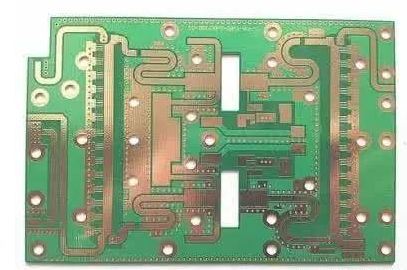1. LCR measurement0
LCR measurement is suitable for some simple PCB circuit boards. There are few components on the circuit board. There are no integrated circuits. There are only some passive components. After the placement, there is no need to reheat the circuit board. The components are measured and compared with the component ratings on the BOM, and formal production can begin when there is no abnormality.
2. FAI first article test
The FAI first test system is usually composed of a set of LCR bridges led and integrated by FAI software. The product BOM and Gerber can be imported into the FAI system. Employees use their own fixtures to measure the first sample components, and the system will and input The CAD data is checked, and the test process software displays the results through graphics or voice, which reduces mistests due to negligence in personnel search and saves labor costs.

3. AOI test
AOI test, this test method is very common in PCBA processing, applicable to all PCBA processing, mainly through the appearance characteristics of the components to determine the soldering problems of the components, you can also check the color of the components and the silk screen on the IC To determine whether the components on the circuit board have wrong parts.
4. X-RAY inspection
-RAY inspection. For some circuit boards with hidden solder joints, such as BGA, CSP, and QFN packaged components, X-ray inspection is required for the first product produced. X-ray has strong penetrability and is the earliest An instrument used in various inspection occasions. X-ray perspective images can show the thickness, shape and quality of solder joints, as well as solder density. These specific indicators can fully reflect the welding quality of the solder joints, including open circuits, short circuits, holes, internal bubbles and insufficient tin, and can be quantitatively analyzed.
5. Flying probe test
Flying probe test. Flying probe test is usually used in small batch production of some development nature. It is characterized by convenient testing, strong program variability, and good versatility. Basically, it can test all types of circuit boards, but the test efficiency is relatively good. Low, the test time of each piece of board will be very long, mainly by measuring the resistance between two fixed points, to determine whether the total components of the circuit board have short circuits, empty soldering, and wrong parts.
6. ICT test
ICT testing. ICT testing is usually used on models that have been mass-produced. The testing efficiency is high and the manufacturing cost is relatively high. Each type of circuit board requires a special fixture, and the service life of the fixture is not very long, and the test cost is relatively high., The test principle is similar to the flying probe test, and it is also by measuring the resistance between two fixed points to determine whether the components on the circuit have short circuits, empty soldering, wrong parts, etc.
7. FCT function test
FCT function test, FCT function test is usually used on some more complicated circuit boards. The circuit boards that need to be tested must be soldered and passed through some specific fixtures to simulate the real usage scenarios of the circuit boards. In this simulated scenario, after turning on the power, observe whether the circuit board can be used normally. This test method can accurately determine whether the circuit board is normal.
The above is a detailed introduction of the first test method in PCBA circuit board processing.